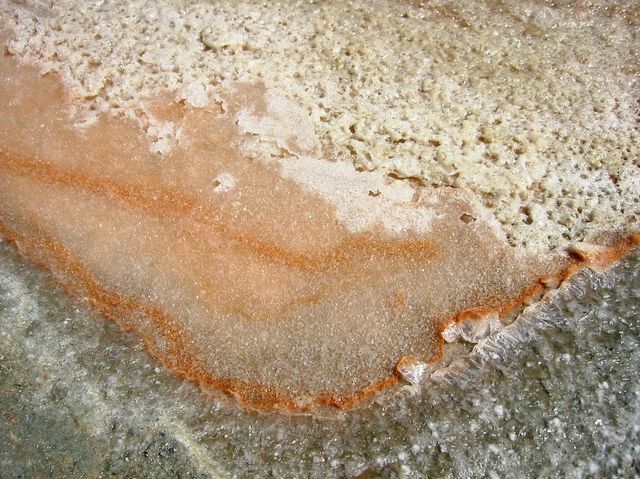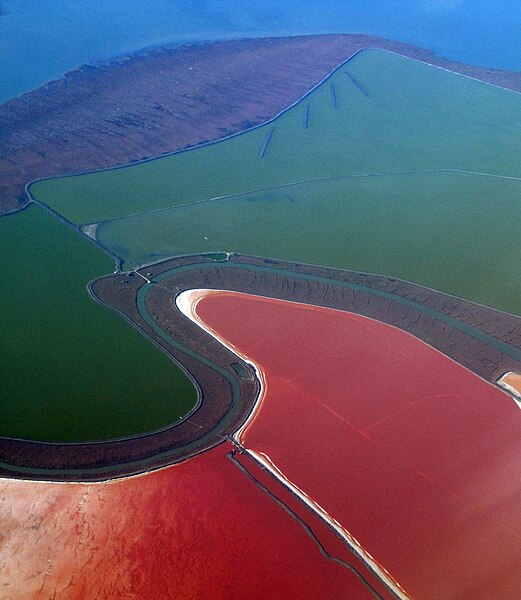Dunaliella is a single-celled, photosynthetic green alga, that is characteristic for its ability to outcompete other organisms and thrive in hypersaline environments. It is mostly a marine organism, though there are a few freshwater species that tend to be more rare. It is a genus in which certain species can accumulate relatively large amounts of β-carotenoids and glycerol in very harsh growth conditions consisting of high light intensities, high salt concentrations, and limited oxygen and nitrogen levels, yet is still very abundant in lakes and lagoons all around the world.
Image: Dunaliella
Image: CSIRO Science Image 7595 Dunaliella
Dunaliella salina is a type of halophile unicellular green algae especially found in hypersaline environments, such as salt lakes and salt evaporation ponds. Known for its antioxidant activity because of its ability to create a large amount of carotenoids, it is responsible for most of the primary production in hypersaline environments worldwide, and is also used in cosmetics and dietary supplements.
Dunaliella salina
Salt ponds in San Francisco Bay
Dunaliella salina orange-colored water of the salt lake Sivash, Crimea
Dunaliella salina in orange, tentatively identified from the hypersaline Lake Tyrrell, Victoria, Australia. Alongside are small haloarchaeons, Haloquadratum walsbyi, with their flat square-shaped cells.






